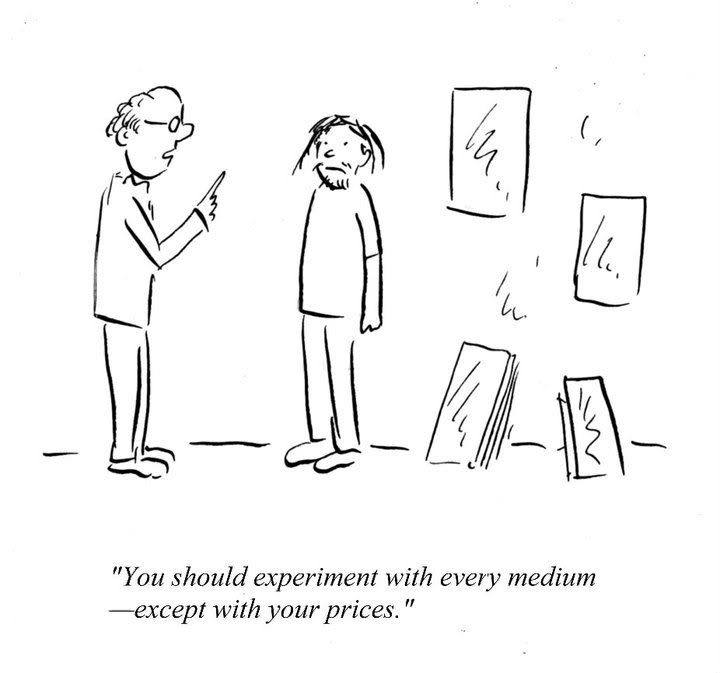The difficulty of praxis in art is compounded by the intrusion of the empirical or the purely practical. The definition of art is a political matter; it is bound up with the power to dictate or influence what is considered art and what is not. Perhaps the philosophy of art can exist in parallel with the power structures that, in our reality, define art and the beautiful. However, one gets the feeling that praxis should still entail the reconciling of aesthetic theory with aesthetics in practice, if not overcome the latter altoghether.
The trouble for aesthetic theory is, even if it has revealed the secret of the beautiful and why art is art, it frequently does not account for the practical preoccupation with the medium as a crucial determinant of what can be considered art. A digital image is at most 'art' in a much more qualified sense than is a painting on a canvas. This is because it does not in itself (without relying on the reputation of the artist or on physical installations), by virtue of its medium, typically garner the kind of recognition as an artwork that comes with socially-bestowed value and that can provide the artist with the material means to continue his work.
A way of dealing with this reality is to call for an anti-elitist view of art that disregards or devalues the importance of the art establishment, the respected institutions that serve as gatekeepers for universally-recognised art. Such a view would not discriminate between career artists and those who are not or between one medium and another.
Yet, as suggested earlier, this conception of art would only exist in parallel with the politics of art in practice. Praxis becomes viable but constrained, maintaining itself only by the act of a splintering, by taking itself away from dominant trends.
What is needed is an aesthetic theory that critically engages with the politics of art and, in a dialectical fashion, brings theory and practice together under an all-encompassing praxis. If the medium indeed plays a part in deciding what is art and what is not, such a theory would, as is done in Hegel's philosophy of art, explore the essential elements of art and show how they create qualitative differences between different media. However, it would also have to be cognisant of and explicate the power relations that mediate social perceptions of art.
In this sense, only a synthesis between aesthetic theory and the sociology of art can provide an all-encompassing praxis for art.

(0) Comments
Post a Comment